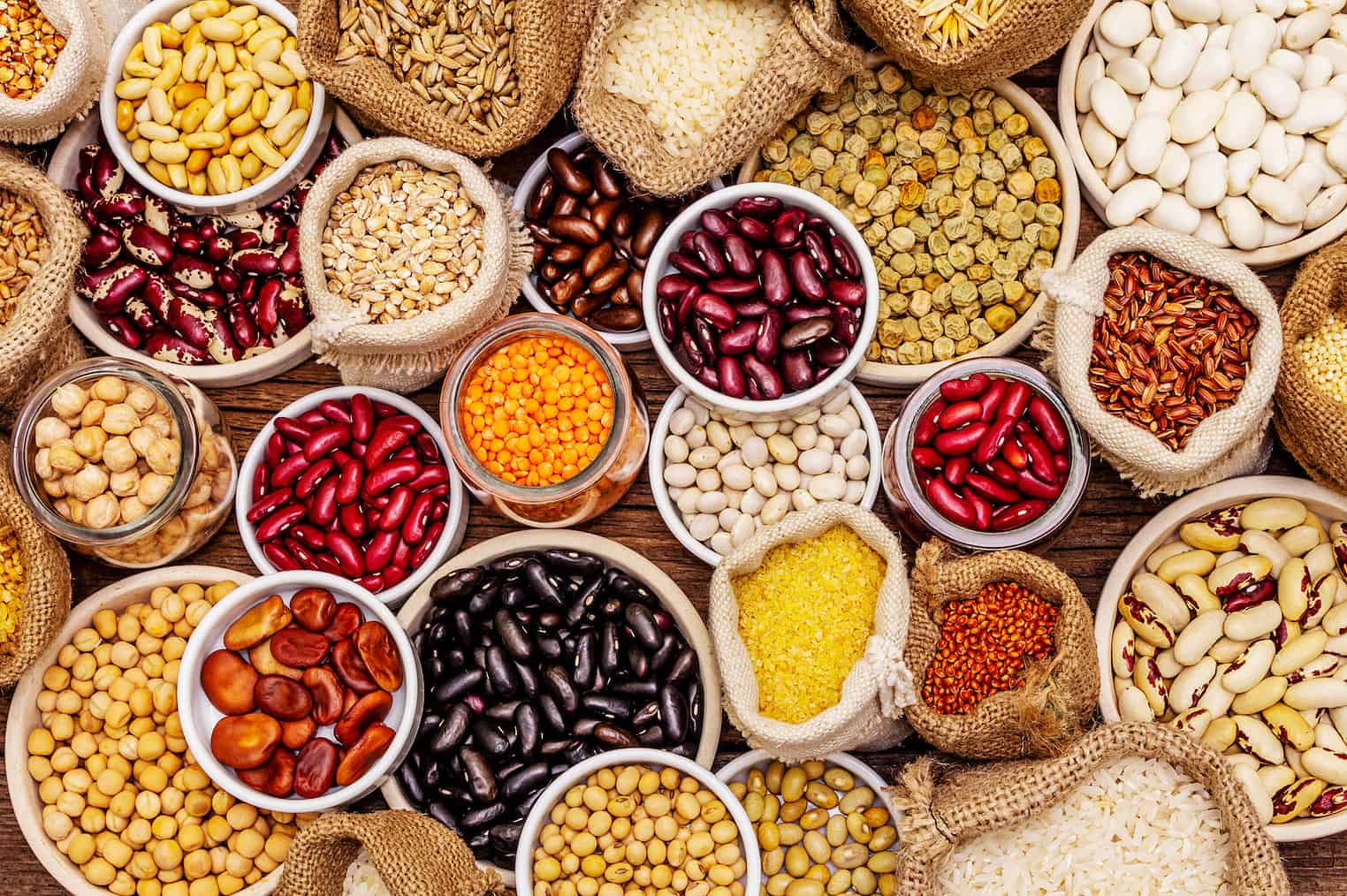The World’s Longest-Living People Eat These 7 Foods Every Day
There are five places in this world where the healthiest and longest-living people gather. These places are Okinawa (Japan), Sardinia (Italy), Nicoya (Costa Rica), Ikaria (Greece), and Loma Linda (California). These places that assembled the highest concentrations of centenarians are known as The Blue Zones.
Ever wonder how the elders in the five Blue Zone countries maintain their youthful life? While exercise, purpose and community are also central tenets of the Blue Zones, food and diet play a large role. These are the 7 staple foods of the Blue Zones.
Beans
Beans have been a staple part of the meal in three out of five blue zone regions, namely – Nicoya (Costa Rica), Okinawa (Japan), and Ikaria (Greece). Beans of all types are great sources of protein, fiber, and carbohydrates. Additionally, Black-eyed-peas, a bean species native to Ikaria, Greece, have been found to contain anti-cancer, heart-healthy, and anti-diabetic properties. The Blue Zones diet recommends adding half a cup of beans to your diet.
See also: How to Cook Black Beans
Nuts
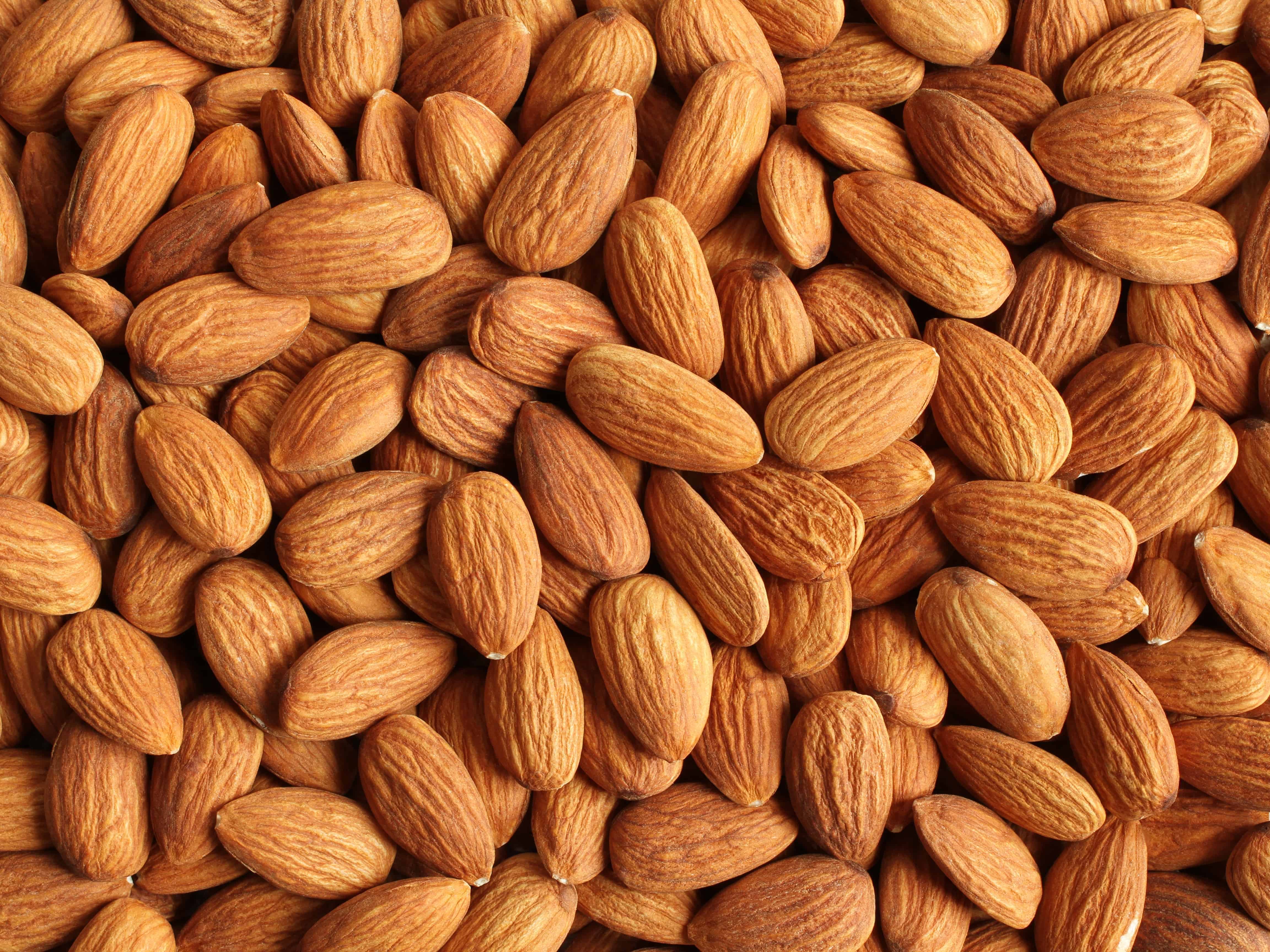
People living in the Blue Zone, especially in Sardinia, Nicoya, and Ikaria, usually include nuts in their diet to improve their health. Some nuts like almonds and peanuts contain vitamin E, magnesium, protein, healthy fats and folate.
Leafy Greens
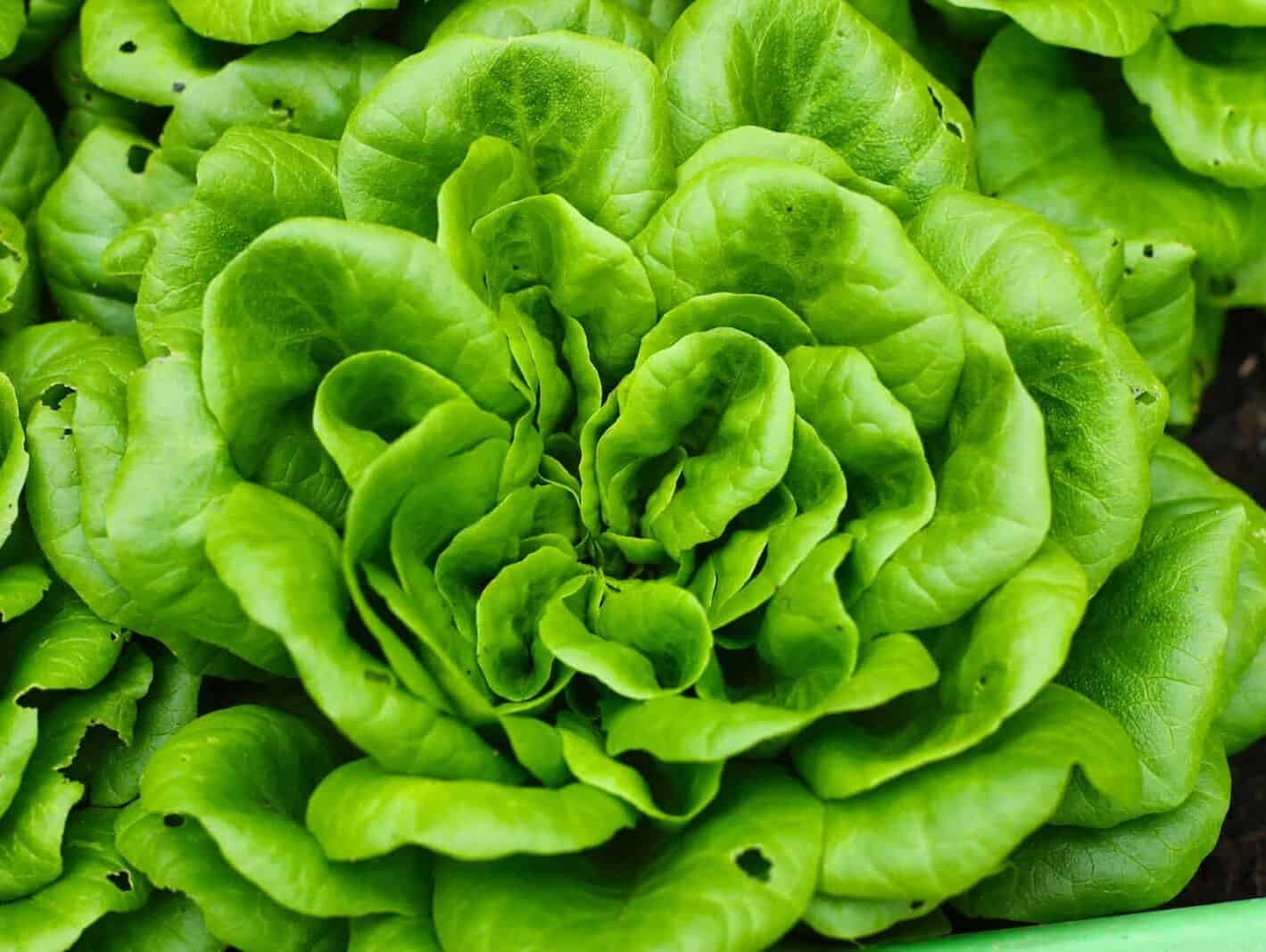
The people in the Blue Zone countries regularly consume leafy greens. In Ikaria (Greece), natives eat a variety of dark leafy greens because of their bountiful vegetable harvests. In fact, 75 leafy greens varieties grow in Ikaria because of their healthy fertile soil. Leafy greens are nutrient-rich and low-calorie, and as a dietitian, I often recommend trying to enjoy a salad almost daily.
For many people, thinking of eating a salad each day sounds boring– but it doesn’t have to be that way! The key in making a delicious salad is to layer textures. For example, adding in crunchy nuts, shredded carrots or raw beets, cooked beans or lentils, or even crispy tofu. Enjoying plenty of vegetables plus some healthy fats and proteins on top, makes for a salad that will keep you full for hours.
Recommended Leafy Greens by the Blue Zones diet: spinach, kale, beet and turnip tops, chard, and collards
Dairy Alternatives
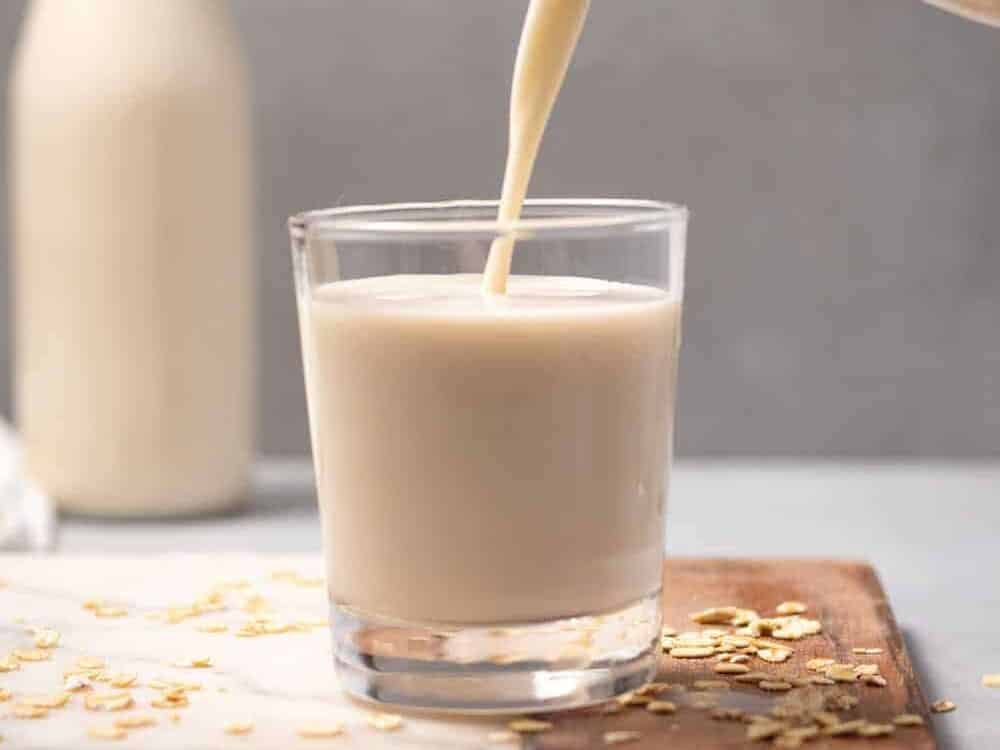
Cow’s milk does not figure significantly in any Blue Zones diet except that of the Adventists, some of whom eat eggs and dairy products. Most of the people in the Blue Zones don’t regularly consume milk, but they do consume high amounts of other calcium-containing foods, like tofu and leafy greens.
Whole Grains
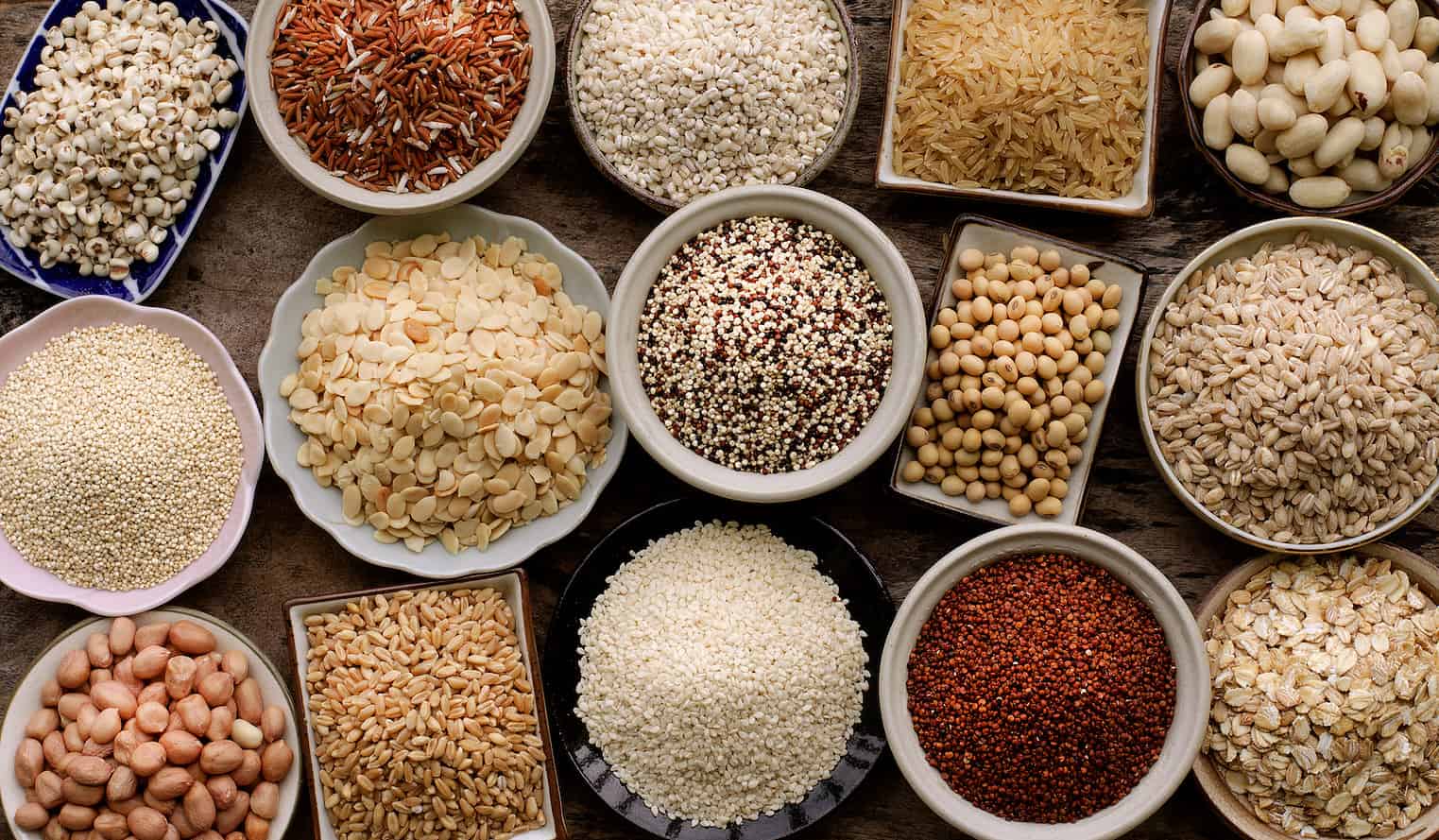
Whole grains have been a staple almost everywhere, and important to note that whole grains are not the same as refined grains. Including more whole grains in your diet over refined grains doesn’t lead to weight gain.
Most of the Blue Zones have whole grains as a usual part of their meal. Whole grains help our body lower cholesterol, moderate blood sugar, and decrease risks of diseases.
See also: How to Make Whole Grain Bread in the Instant Pot
Avocados

Avocados are staples in Loma Linda, California, one of the Blue Zone regions. Research shows that regular consumption of avocados can help reduce oxidized LDL cholesterol. Additionally, avocados have the potential to lower risk of cardiovascular diseases, obesity, and type II diabetes.
Avocados are delicious smashed onto toast, in avocado salad, in smoothies and your favorite grain salad.
Water
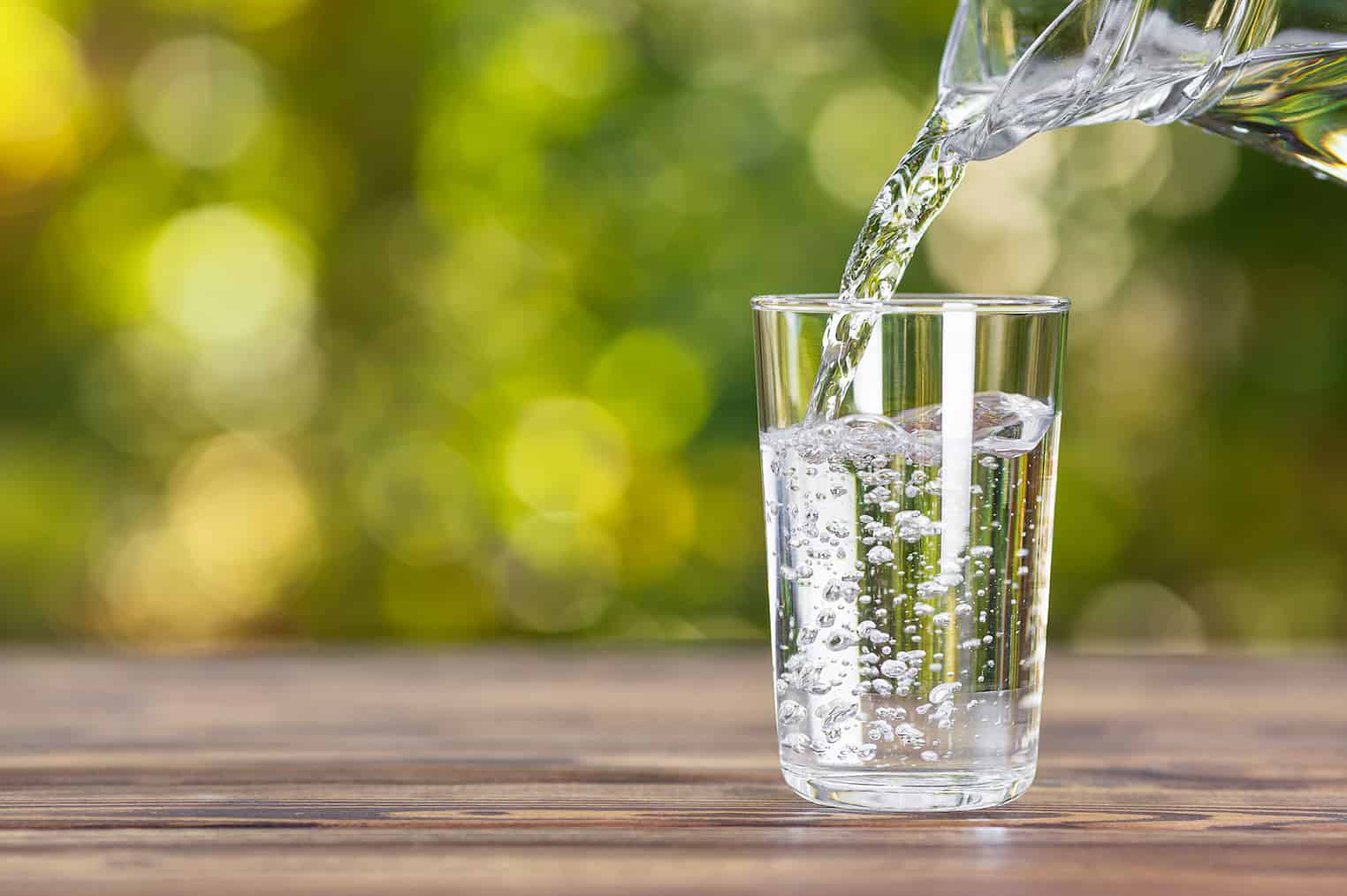
It must be pretty shocking to see water on this list. However, staying hydrated is one of the most important things our bodies need to maintain every single day. Specifically, adults need at least seven glasses of water a day to stay hydrated and healthy. People in the Blue Zone’s drink water as their beverage of choice, not sugar-sweetened beverages like soda or fruit-sweetened juice.


